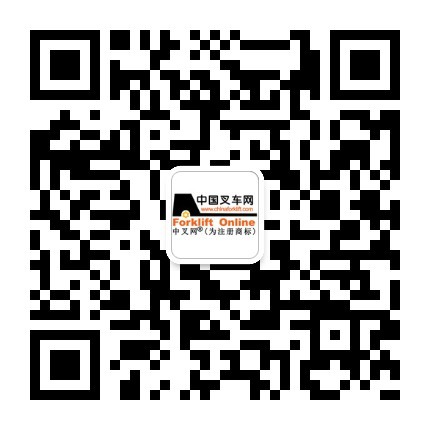According to Industrial Conveying (Aust) , a national audit into the consequences of forklift injuries acknowledges...
According to Industrial Conveying (Aust) , a national audit into the consequences of forklift injuries acknowledges the safety risks of traditional forklifts.
Industrial Conveying, which has begun rollout of its automated warehouse trucks (AWTs) has been focusing on removing traditional forklift trucks from the workplace due to the high risk factor.
The new automated warehouse trucks incorporate safer technology, featuring advanced dock loading systems that fully automate and speed-up delivery and despatch processes.
A national campaign and audit is currently underway under the direction of the Heads of Workplace Safety Authorities (HWSA), the joint national body of Australia’s OHSW authorities that includes SafeWork SA to study the dangers and costs of forklift injuries.
Industrial Conveying says that their automated AWTs can efficiently replace traditional forklifts, removing human traffic from the potential danger zones and allowing deployment of existing staff to safer duties around the warehouse.
The remote control AWTs can deliver and retrieve palletised products to and from automated docks, offering the same level of capability as forklifts in terms of performance but with better safety.
Managing Director of Industrial Conveying, Mr Don Erskine says he is not surprised that a national authority is making an audit on forklift-related injuries occurring during tasks such as loading and unloading vehicles.
According to Mr Erskine, these workplace audits prove that OH&S bodies are getting extremely serious about the pervasiveness of forklift injury and the increase in Workers Compensation statistics.
The HWSA reports that injuries from manual tasks and moving objects in the grocery and fruit/ vegetable wholesale industries impose a financial burden on the Australian economy.
South Australian statistics alone for the period 2005-08 show there were 2,800 forklift truck-related claims, which resulted in total Workers Compensation payouts in excess of $23 million.
The state-wide campaign will look at the safety of forklift truck operations with SafeWork SA inspectors visiting work sites to assess the initial level of compliance and provide guidance, assistance as well as necessary enforcement to improve forklift operation safety.
Though results from the safety audit are expected by March 2011, Industrial Conveying’s AWT solutions are already on the Australian market to replace the main cause of these statistics, says Mr Erskine.
Key features of the automated warehouse trucks
Operates completely without driver assistance
Navigates using a laser-guided, spot system or a dual system using both systems
Laser-guided system utilises a sensor on top of each truck to scan appropriately positioned reflectors and determine its position while it navigates and carries out inventory assignments
Eliminates human intervention in materials handling operations
AWT-based systems can work continuously without a break
Improves overall OH&S as personnel involvement around AWTs is far lower than with lift trucks
High lift option with a tri-lateral head allows 180-degree rotation for fast access to all parts of a storage facility
Timeframes for handling are reduced drastically, offering the user a key competitive advantage in the market
Industrial Conveying’s dock loading systems are designed cost-efficiently for the end user to bulk-load (and unload) palletised products to and from transport vehicles.
Working in sync with AWTs, automated dock systems cater for 20-feet, 40-feet and 48-feet containers and trailers.















 粤公网安备 44010602003952号
粤公网安备 44010602003952号